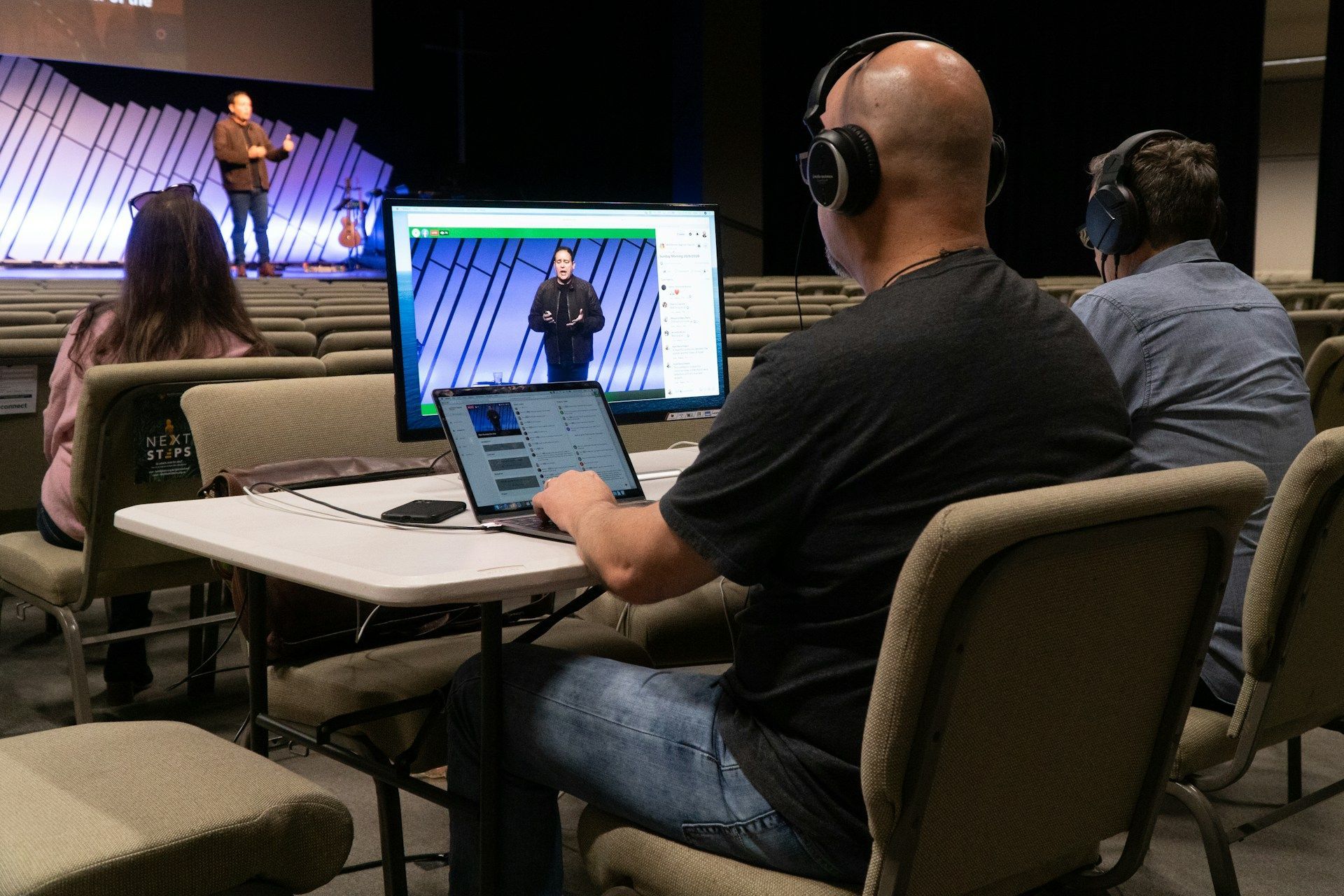Unlock Insights with Analytics: Improve Your Church or Non-Profit's Website Performance
Understanding your website's performance metrics is crucial for churches and non-profit organizations aiming to drive user engagement, donations, and community outreach. Leveraging these insights, you can make data-driven improvements to your website, ensuring that it effectively supports your mission and goals. We recognize the power of analytics, using data-driven optimization strategies to enhance the online experience for your visitors.
In this article, we explore the importance of monitoring and interpreting website performance metrics for your church or non-profit website. We will discuss key indicators to track, such as page load speed, bounce rate, and conversion rates, while highlighting the benefits of partnering with Faithworks Marketing for data-driven optimization. By adopting an informed approach to analytics, your organization will be well-equipped to make
strategic improvements to your website, ultimately elevating user engagement and maximizing the impact of your online presence.
1. Understanding Key Performance Metrics
To effectively harness the power of analytics for your church or non-profit's website, it's crucial to know the key performance metrics to monitor. These include:
- Page load time: The speed at which your website's pages load directly impacts user experience, as users tend to navigate away from websites with long loading times. Aim for a load time of 3 seconds or less.
- Bounce rate: This metric represents the percentage of visitors who leave your website after viewing only one page. High bounce rates might indicate poor user experience or irrelevant content. Reducing bounce rate improves user engagement and website performance.
- Average time on site: This metric measures the amount of time visitors spend on your website, providing insight into users' engagement levels. Higher average time on site usually indicates successfully captivating content.
- Conversion rate: The percentage of visitors who complete a desired action on your website, such as making a donation or signing up for a newsletter, indicates the effectiveness of your website in achieving its goals.
Our data-driven approach ensures that these key metrics are consistently analyzed and addressed, allowing churches and non-profits in the United States the opportunity to make informed improvements to their websites.
2. Utilizing Tools for Website Performance Analysis
To track and evaluate the aforementioned performance metrics, you'll need reliable tools that provide accurate data insights. Some popular and effective tools include:
- Google Analytics: A widely-used platform that offers comprehensive data on website performance, including traffic, user behavior, and demographic information.
- Hotjar: A tool focused on user behavior and feedback, including heatmap visualizations and bounce rates.
- Google PageSpeed Insights: Offers information about your website's load time performance and provides recommendations for improvement.
By partnering with us, you gain access to their expertise in utilizing these analytic tools, ensuring you receive valuable and actionable insights to enhance your church or non-profit's website performance.
3. Optimizing Your Website Based on Performance Metrics
Once you've gathered information on your website's performance metrics, the next step is to develop data-driven strategies to address any issues and improve user experience. Some common optimizations include:
- Improving page load time: Optimize images, leverage browser caching, reduce server response time, minimize the use of JavaScript, and compress files to reduce lag and improve page load time.
- Reducing bounce rate: Provide relevant and engaging content, use clear call-to-actions, ensure effortless navigation, and create a visually appealing layout.
- Increasing average time on site: Enhance the quality and readability of your content, utilize multimedia elements, and interlink related articles and resources within your site.
- Boosting conversion rate: Create compelling headlines and call-to-actions, design an intuitive conversion process (eg. seamless donation experience), and apply engaging visuals that convey your organization's mission and values.
Expertly employing data-driven optimization strategies, we support churches and non-profit organizations in the United States as they work to improve their website's performance and user experience.
4. Testing and Refining Your Optimization Strategies
Implementing data-driven strategies for your church or non-profit's website doesn't stop at the optimization stage. To maximize efficacy, it's essential to continuously test and refine your strategies over time. This can involve:
- A/B testing: Experiment with different variations of content, layouts, and designs to assess which version drives optimal engagement and conversions.
- Monitoring performance metrics: Regularly track and analyze your website's performance metrics to stay informed about any changes and make necessary adjustments accordingly.
- Gathering user feedback: Collect and assess feedback from your website's visitors to gain further insights into features or elements that could be improved.
Our dedicated approach to ongoing improvement ensures that your church or non-profit's website receives the necessary updates and refinements, paving the path for continued success and growth.
5. Leveraging Content Analysis to Enhance User Engagement
In addition to technical optimizations, analyzing your website's content can provide invaluable insights into improving engagement. Consider the following content-related metrics:
- Popular pages: Identifying the most visited pages on your site can help inform the type of content that resonates with your audience.
- Keywords: Research the keywords visitors use to find your website, and focus on incorporating these terms throughout your content to boost search engine visibility.
- Click-through rate: Assess which headlines and call-to-actions drive the highest click-through rates, and adjust your content accordingly to increase engagement.
By partnering with us, you'll gain access to experts skilled in conducting content analysis, helping your organization create message-driven and engaging content that resonates with your target audience.
Maximize Your Website's Potential with Faithworks Marketing
Monitoring and interpreting website performance metrics is crucial for optimizing your church or non-profit's online presence, fostering user engagement, and maximizing the impact of your mission-driven efforts. By understanding these key metrics, utilizing powerful analytic tools, adopting data-driven optimization strategies, and partnering with a dedicated expert, your organization will be better positioned to harness the power of analytics fully.
Ready to take your church or non-profit's website to the next level and improve its overall performance metric? Explore Faithworks Marketing's website optimization services today and unlock the full potential of your online platform. Discover our
church marketing agency’s data-driven methodologies, expert support, and unwavering commitment to your organization's success. Watch as your website flourishes, driving increased engagement, donations, and community impact.












